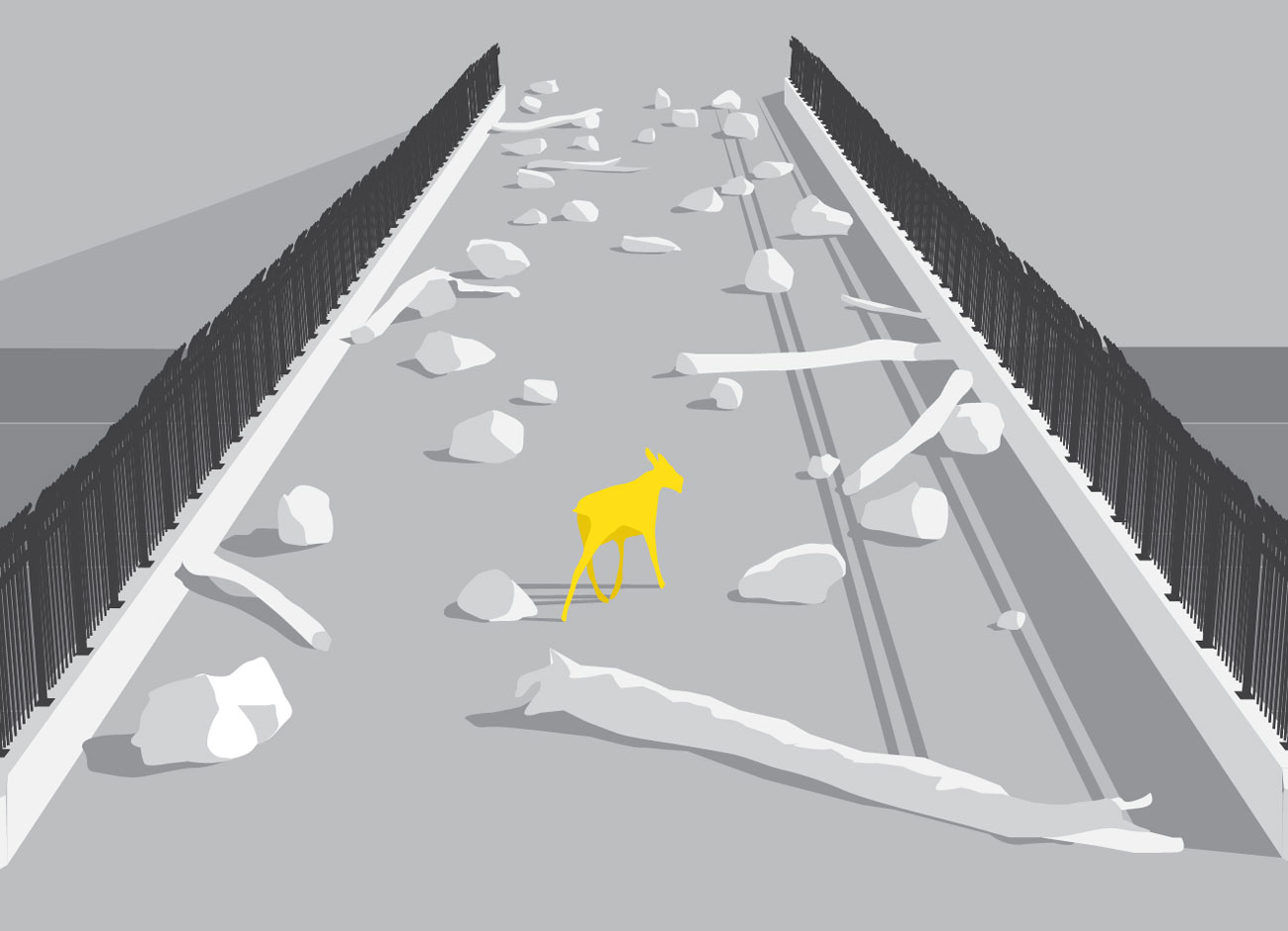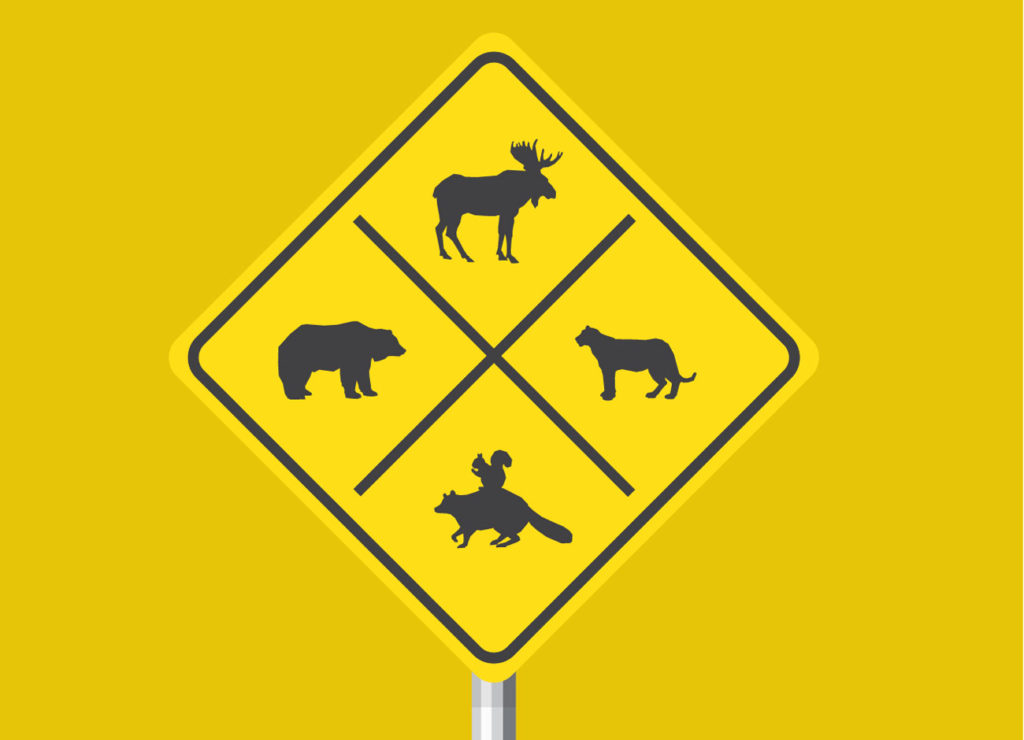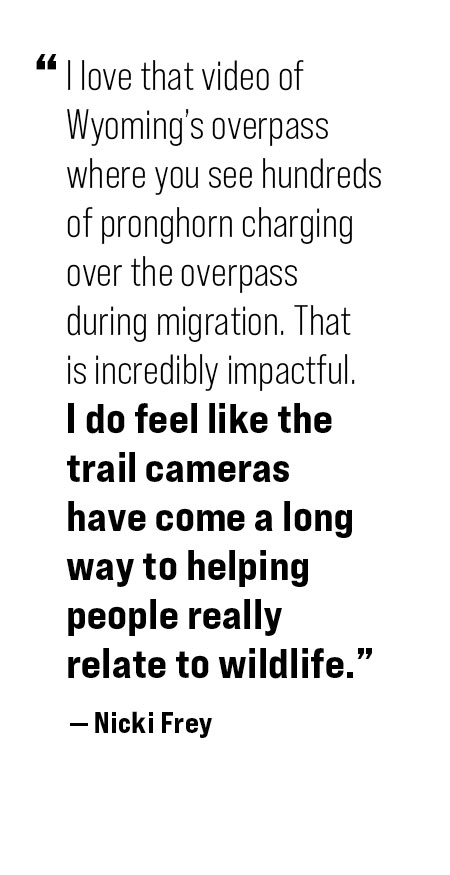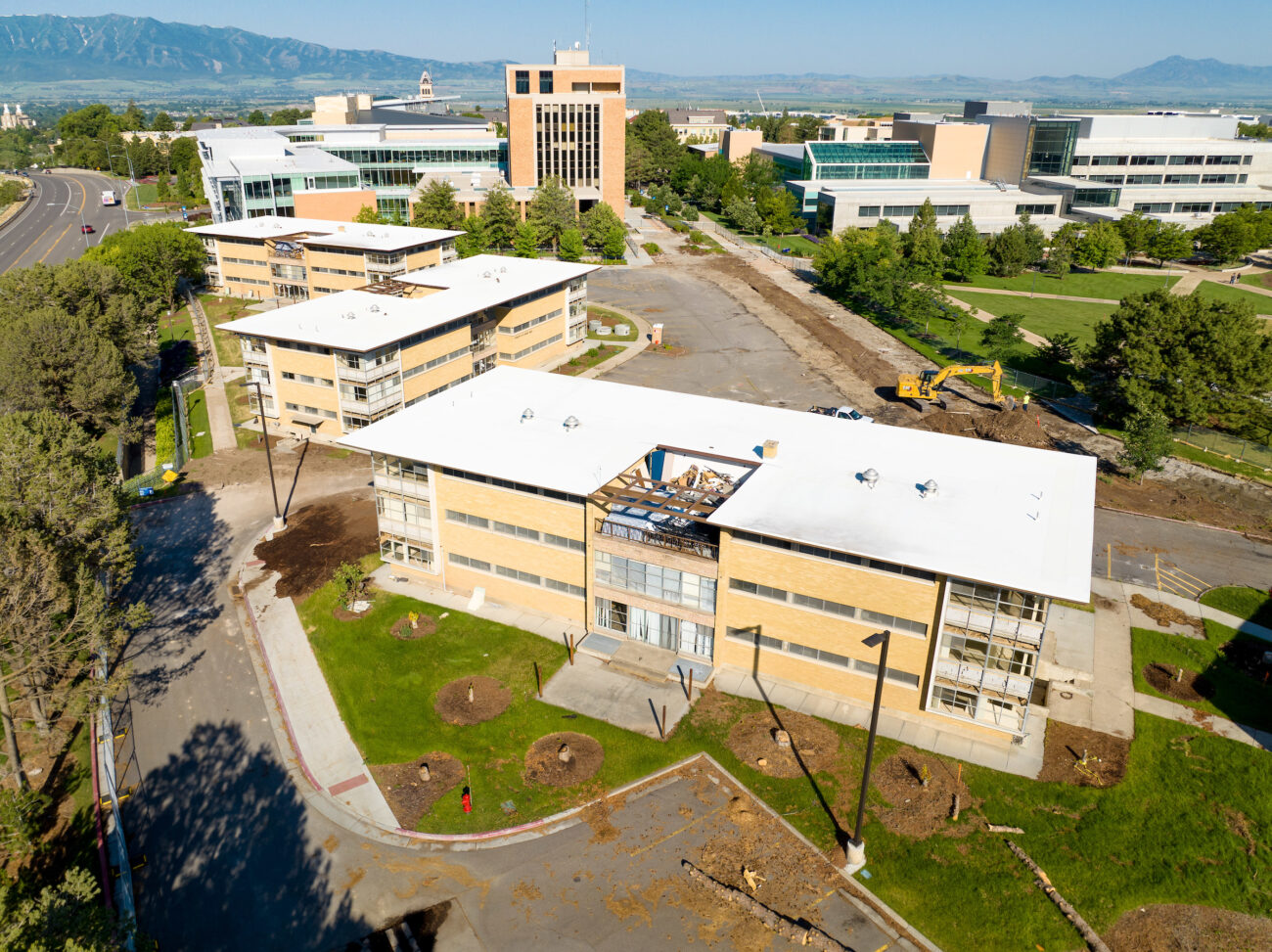Dissected: Animal Crossings

If you build it, wildlife will come. States from California to Florida are banking on it.
Underpasses

Researchers found that deer weren’t using them because, based on their vision, the opening on the other end looked too tiny to pass through, Frey explains, adding that it’s important to keep vegetation clear on both sides so animals feel safe from predators that may be lurking around. However, for animals like salamanders and snakes, moist, dark culverts are better.
Determining where to locate crossing structures and how they are designed involves understanding site-specific needs and the preferences of regional species. Land managers can actually use known animal behavior to decide whether we want an overpass or an underpass to make designs more effective, Frey says.
Ramps
Picture driving through a mountain pass surrounded by steep, rocky hillsides. Have you ever noticed deer carcasses dotting the side of the road? This may be the result of animals getting trapped on the roadway between fence lines. This is where ramps can help.
“A lot of time, especially in Utah, you have a situation where the animal can run down a hill and easily jump over the fence onto the highway,” Frey says, “but when they try to get back up, they are faced with a fence that is 8 feet tall.”
Ramps are the cheapest solution, often constructed with a piece of perpendicular fencing with dirt shoveled on top, she says. The mounds give animals the leverage they need to get up and over a barrier as traffic whizzes by at 65 mph.
“Ramps are for the areas where you are not dealing with a massive migration, you are dealing with the occasional animal that is going back and forth,” Frey says.
Wildlife-friendly fencing
In 2016, scientists tracking mule deer in Wyoming’s Red Desert during spring migration season discovered a lone deer traveled about 100 miles longer than previously known routes. Scientists are still identifying migration corridors and flagging them for improvement projects such as wildlife crossings.

Animals migrate for lots of reasons — to get away from predators or parasites, to avoid bad conditions, to forage, and to mate, explains Tal Avgar, assistant professor of movement ecology at Utah State. But, he adds, not all animals moving are migrating.
“We actually don’t know how many deer or pronghorn in Utah are migratory,” he says. “We definitely don’t have any of the long migrations that they have in Wyoming, so it gets a bit trickier to say whether the animals are migratory are not. Even if an animal is migratory, we do not know what might be the consequences of the loss of migration; if a deer population forgoes migration due to a movement barrier, would it pay a cost in terms of its health and growth?”
These are questions the lab is tackling.
A graduate student in Avgar’s lab, Ronan Hart, is modeling the behavior of Utah pronghorn and mule deer using collar data provided by the state’s Migration Initiative and examining how their behavior changes in the presence of potential obstacles like roads and fences.
“Are they avoiding the area, are they moving slower or moving faster, or bouncing back and forth near the barrier?” Hart asks. “And if they are avoiding the area entirely, is that because of the barrier or is it because of the habitat?”
It’s possible that some animals may use roads and fences as protection from predators, he says.
This may produce downstream effects. Sometimes when animals concentrate along fence lines it can damage habitat for other species and alter genetic diversity because you’ve cut off animals moving through the ecosystem, Frey explains.
A newer intervention designed to get animals off roads quickly is drop-down fencing that can be raised or lowered during specific times of year, such as during known migration phases. Other wildlife friendly fencing options are visible and allow space for wildlife to easily pass above or below the top and bottom rails or wires.
Overpasses
Typically, animals need to learn to use new crossing structures. However, Frey’s team has monitored wildlife use of a $5 million overpass erected over Parley’s Canyon in 2018, and their findings prove otherwise.
“What we saw was that the learning curve, well,” she says, “there wasn’t one.”
The overpass was built over a busy stretch of I-80 where more than 100 wildlife collisions occurred in the two years before its construction. Since May 2020, remote camera sensors have captured more than 1,200 animals using the overpass, including moose, deer, bobcats, black bears, coyotes, and the occasional porcupine. It seems the strategic placement on the topography, combined with a design that mimics the rocky environment in higher elevations, allows animals to intuit the pathway.
“They can just come down the slope and walk across it; they don’t need to change direction,” Frey says. “I think a lot of it is what the animal is used to and what their natural movements are. … You don’t want any curves or a steep incline, something that is easy. You want an open path so animals don’t worry about predators hiding.”
Elk remain the one species that appear reserved about using the crossing. They are shy about overpasses and we aren’t sure why, Frey admits.
She suspects the data her team is collecting will go toward the argument for more overpasses despite the heftier price tag up front. The other “magic tool” buoying the case: trail camera videos that allow the public to see the structures working.
“It’s no longer scientists sharing stories with each other and discussing data,” Frey says.
The footage allows people to feel connected to animals living all around them that they may not have noticed.
“It’s not just a bunch of numbers, you are seeing that visual,” Frey says. “I love that video of Wyoming’s overpass where you see hundreds of pronghorn charging over the overpass during migration. That is incredibly impactful. I do feel like the trail cameras have come a long way to helping people really relate to wildlife.”
By Kristen Munson
Illustrations by Liz Lord ’04.





